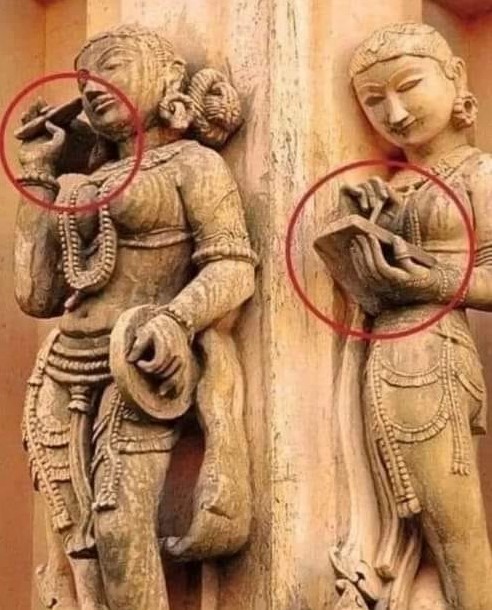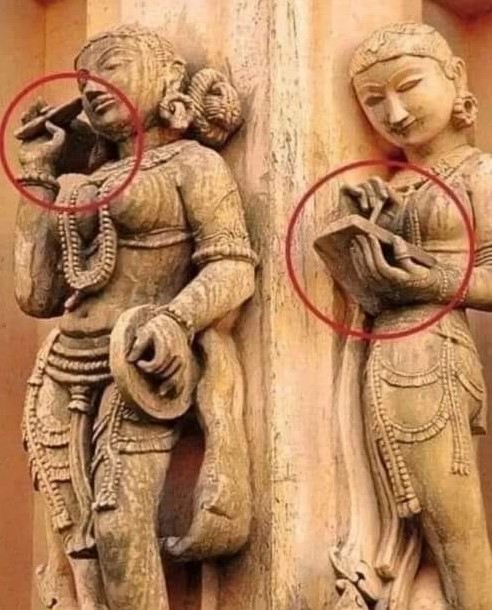Throughout history, civilizations have risen and fallen, leaving behind traces of their existence in the form of monuments, artifacts, and written records. While many of these remnants offer valuable insights into the lives and achievements of our ancestors, some discoveries have left researchers puzzled, hinting at the possibility of advanced technologies in ancient times. In this exploration, we delve into the evidence of advanced technologies in ancient civilizations and the questions they raise about the capabilities of our ancestors.

**The Enigma of Ancient Engineering**
One of the most compelling pieces of evidence for advanced technologies in ancient civilizations is the remarkable engineering feats they accomplished. From the construction of massive stone structures to the development of intricate irrigation systems, ancient peoples displayed a level of technical expertise that challenges our understanding of their capabilities.
In ancient Egypt, for example, the construction of the pyramids at Giza continues to baffle researchers with its precision and complexity. The alignment of the pyramids with celestial bodies and the precise fitting of the massive stone blocks suggest a level of mathematical and engineering knowledge that is difficult to reconcile with the tools and techniques available at the time.
Similarly, in South America, the Inca civilization built elaborate networks of roads, bridges, and terraces across rugged terrain, demonstrating a sophisticated understanding of engineering and construction techniques. The precision with which the stones were cut and fitted together, as seen in structures like Machu Picchu, has led some researchers to speculate about the existence of lost technologies or outside influences.
**Ancient Artifacts: Clues to Lost Knowledge**
In addition to monumental architecture, ancient artifacts provide further evidence of advanced technologies in ancient civilizations. From intricate metalwork to precision-made tools, these artifacts offer tantalizing glimpses into the skills and techniques of our ancestors.
One of the most intriguing examples of ancient craftsmanship is the Antikythera mechanism, a complex mechanical device discovered in a shipwreck off the coast of Greece. Dating back to the 1st century BCE, the device consists of a series of interlocking gears and dials that were used to track celestial movements and predict astronomical events. Its sophistication suggests a level of technological knowledge that was previously thought to be beyond the capabilities of ancient civilizations.
Similarly, in Central America, the discovery of the Baghdad Battery—a clay jar containing a copper cylinder and an iron rod—has led to speculation about the ancient Mesopotamians’ understanding of electricity and electroplating techniques. While the purpose of the Baghdad Battery remains a subject of debate, its existence raises questions about the extent of ancient knowledge and the possibility of lost technologies.
**Theories and Interpretations: Explaining the Unexplainable**
The existence of advanced technologies in ancient civilizations has sparked a wide range of theories and interpretations. Some researchers propose that these civilizations developed their knowledge independently through trial and error, while others suggest that they may have had contact with outside influences, such as extraterrestrial visitors or lost civilizations.
The Ancient Astronaut Theory, popularized by authors like Erich von Däniken, proposes that extraterrestrial beings visited Earth in ancient times and shared their knowledge with human civilizations. Proponents of this theory point to evidence such as ancient texts, artwork, and archaeological findings as proof of extraterrestrial intervention in human affairs.
As we continue to unravel the mysteries of ancient civilizations, the evidence of advanced technologies challenges our preconceptions about the capabilities of our ancestors. Whether the result of human ingenuity, outside influences, or a combination of both, these discoveries offer valuable insights into the achievements of ancient peoples and the complexities of our shared human history.
As researchers and archaeologists delve deeper into the secrets of the past, they are confronted with questions that may never be fully answered. However, by studying the evidence left behind by ancient civilizations, we can gain a deeper understanding of the ingenuity and creativity of our ancestors and the remarkable achievements that have shaped the course of human history.




